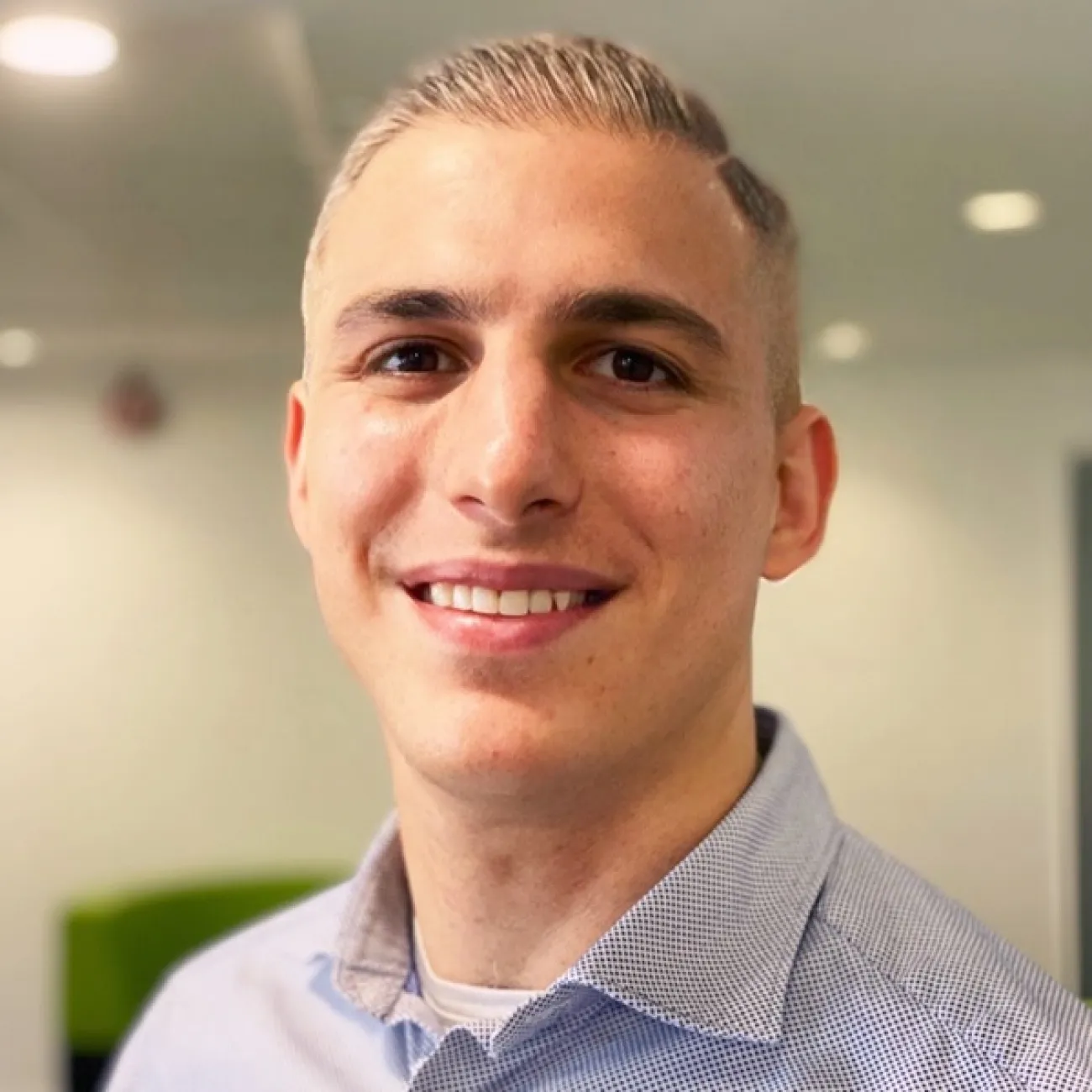About
Dr Itamar Yaakov is a Lecturer in Mathematical Sciences at the University of Southampton.
Research
Research groups
Research interests
- Quantum Field Theory
- String Theory
- Mathematical Physics
Current research
My research is on non-perturbative aspects of Quantum Field Theory (QFT), with an emphasis on supersymmetric gauge theories. I have worked extensively on supersymmetric localization, and co-authored influential early papers on the subject. Recently, I have been focusing on studying defect operators in gauge theory.
Research projects
Active projects
Researchers:
Sponsor: Science And Technology Facilities Council
Publications
19 publications
Page 1 of 2
Luca Griguolo, Rodolfo Panerai, Jacopo Papalini, Domenico Seminara & Itamar Yaakov,
2024, Journal of High Energy Physics, 2024(6)
Type: article
Luigi Guerrini, Silvia Penati & Itamar Yaakov,
2022, Journal of High Energy Physics, 2022(4)
Type: article
Seyed Morteza Hosseini, Itamar Yaakov & Alberto Zaffaroni,
2022, Journal of High Energy Physics, 2022(2)
Type: article
Luca Griguolo, Luigi Guerrini & Itamar Yaakov,
2021, Journal of High Energy Physics
Type: article
Brian Willett & I. Yaakov,
2020, Journal of High Energy Physics, 2020(10)
Type: article
S.M. Hosseini, Chiara Toldo & I. Yaakov,
2020, Journal of High Energy Physics, 2020(7)
Type: article
N. Drukker, D. Trancanelli, L. Bianchi, M.S. Bianchi, D.H. Correa, V. Forini, L. Griguolo, M. Leoni, F. Levkovich-Maslyuk, G. Nagaoka, S. Penati, M. Preti, M. Probst, P. Putrov, D. Seminara, G.A. Silva, M. Tenser, M. Trépanier, E. Vescovi, I. Yaakov & Jiaju Zhang,
2020, Journal of Physics A: Mathematical and Theoretical, 53
Type: article
A. Kapustin, B. Willett & I. Yaakov,
2020, Journal of High Energy Physics, 2020
Type: article
S.M. Hosseini, I. Yaakov & Alberto Zaffaroni,
2018, Journal of High Energy Physics, 2018(11)
Type: article
T. Nishioka & I. Yaakov,
2017, Journal of High Energy Physics, 2017(11)
Type: article
Pagination
Teaching
I am interested in teaching methods that provide alternatives to frontal instruction such as peer instruction and active learning.
